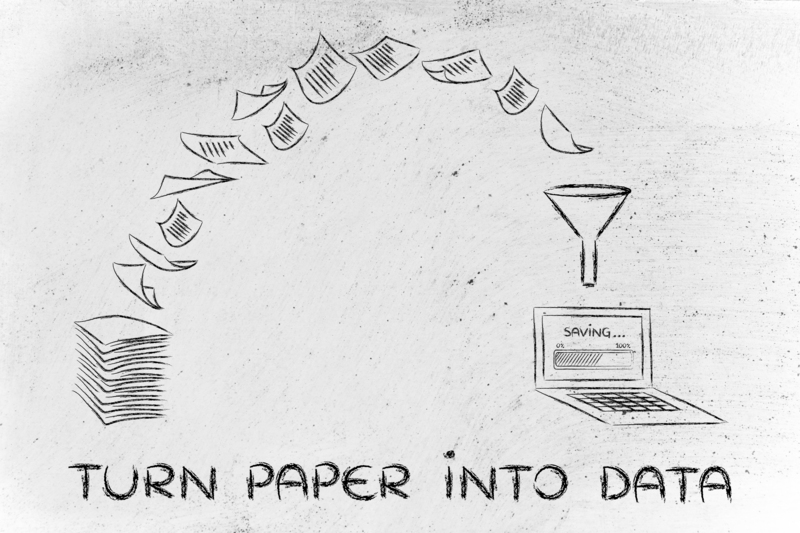Office Waste Segregation Tips
Posted on 29/08/2024
Waste segregation is a crucial aspect of sustainable waste management that allows for proper disposal and recycling of materials. In an office setting, effective waste segregation can lead to a reduction in the organization's environmental footprint and contribute to a more efficient and clean working environment. This article provides comprehensive tips on how to successfully segregate waste in an office setting.
Understanding Waste Segregation
Waste segregation involves separating waste into different categories to facilitate appropriate disposal and recycling. By segregating waste, you ensure that recyclable materials do not become contaminated and end up in landfills. It also helps in managing hazardous waste properly, thereby protecting the environment and human health.

Categories of Office Waste
Before discussing specific tips, it's essential to understand the common categories of office waste:
- General Waste: Items that typically go to landfill, such as non-recyclable plastics, contaminated paper products, and broken office supplies.
- Recyclable Waste: Materials that can be reprocessed and used again, including paper, cardboard, clean plastics, metals, and glass.
- Organics: Biodegradable waste such as food scraps and plant material.
- E-waste: Electronic waste that includes old computers, batteries, phone chargers, and other electrical devices.
- Hazardous Waste: Materials that are dangerous or potentially harmful, such as chemicals, batteries, and fluorescent light bulbs.
Implementing a Waste Segregation System
Implementing a waste segregation system can be straightforward if approached methodically. Here are some practical steps:
Conduct a Waste Audit
Perform a waste audit to understand the types and volumes of waste your office generates. This will help in designing an effective segregation strategy tailored to your specific needs.
Set Up Clearly Marked Bins
Place clearly labeled bins for different types of waste in convenient locations around the office. Ensure that the bins are color-coded and have instructions to guide employees on what can and cannot be disposed of in each bin.
Educate and Train Staff
Training is key to the success of a waste segregation program. Educate staff about the importance of waste segregation and how to properly use the different bins. Regular training sessions and reminders can keep everyone informed and motivated.
Office Waste Segregation Tips
Paper and Cardboard Recycling
Offices generate a significant amount of paper waste. To ensure effective recycling:
- Place dedicated paper recycling bins near printers, photocopiers, and in common areas.
- Encourage double-sided printing and the use of digital documents to reduce paper use.
- Regularly empty paper recycling bins to prevent overflow and contamination.
Plastics and Cans
Plastics and cans are common in office kitchens and break rooms. To recycle these materials:
- Set up separate bins for plastic bottles, food containers, and cans.
- Rinse items before disposal to remove any food residue.
- Crush cans and bottles to save space in the recycling bin.
Managing E-Waste
E-waste requires special handling due to the potentially hazardous materials they contain:
- Designate a specific area for collecting e-waste.
- Partner with a certified e-waste recycling company for proper disposal.
- Encourage employees to bring their old electronics from home for recycling.
Handling Organic Waste
Organic waste consists of food scraps and other biodegradable materials:
- Implement a composting system, either onsite or through a service provider.
- Place compost bins in kitchen areas and educate employees on what can be composted.
- Use compostable liners for bins to reduce odor and make managing organic waste easier.
Dealing with Hazardous Waste
Proper management of hazardous waste is critical to safety and environmental protection:
- Identify all potential hazardous waste items in your office.
- Store hazardous waste in clearly marked containers away from general waste areas.
- Dispose of hazardous waste through licensed disposal services.

Monitoring and Continuous Improvement
Successful waste segregation requires ongoing monitoring and improvement. Here's how to ensure your system stays effective:
Regular Inspections
Conduct regular inspections of waste bins to ensure correct usage. Check for contamination and provide feedback to employees to correct mistakes.
Track and Report Progress
Measure the volume of waste diverted from landfills regularly. Share this data with employees to keep them informed about the impact of their efforts and motivate continuous improvement.
Solicit Employee Feedback
Encourage employees to provide feedback on the waste segregation system. Their insights can identify areas for improvement you might have overlooked.
Conclusion
Implementing office waste segregation is not just about compliance with regulations; it's a step towards a more sustainable future. By understanding the categories of waste and setting up a clear, user-friendly system, offices can significantly reduce their environmental impact. Education and continuous monitoring are key to maintaining an effective waste segregation program. Start today and make a positive change for both your workplace and the planet.










